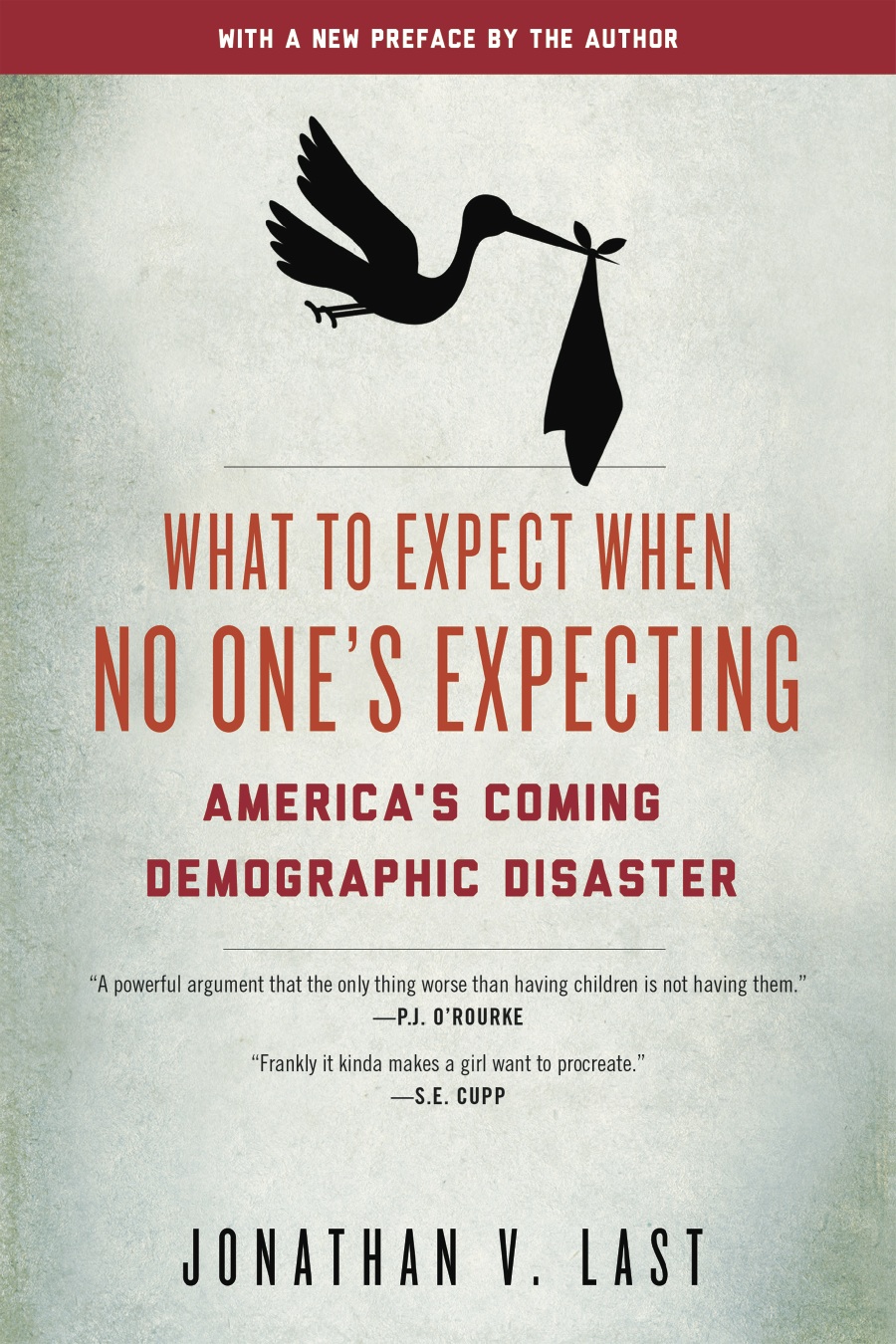February 8th, 2013
So the good news is that we broke Amazon. And the Kindle version is available. The bad news is that Amazon is out of hardcovers and waiting for the second printing. Further good news is that Barnes & Noble still has hardcovers and the Nook version available.
I’ve got an op-ed up on immigration and fertility rates over at the Los Angeles Times.
Then there are two reviews out. The first is from the Daily Beast’s Justin Green, who did the only thing a writer can really ask of a reviewer: He read the book carefully. I’m really grateful for that.
The second is from Ruy Teixeira at The New Republic. (Note to TNR’s digital editors: You’ve mis-spelled Ruy’s last name in your URL. Better for SEO if you fix it.)
I don’t want to say too much about Ruy’s review–if he read the book and wasn’t convinced by the data and research I assembled, then fair enough. Also, I’m a big fan of his work. Have been for a long time, and so I’m really inclined to assume the best. I’ll just suggest that I think it’s possible that if Ruy were to go back and read the book a little more closely, he’d find that–at the very least–I’m more careful than he’s giving me credit for in his review.
For instance, I don’t “reject out of hand” proposals about government setting up something like affordable, national daycare. What I say is this:
The best-case results suggest that the natalist programs—which essentially pay parents enough to put their kids in day care so that they can go to work—have created a small, positive effect. A large body of the research suggests they’ve had no effect at all, other than to nudge the timing of births slightly later in a woman’s life and closer together.
There are footnotes to this with links to the research, because I tried to make What to Expect as data-driven as possible, since a lot of the assumptions we hold about demographics and public policies turn out either not to be true, or to be more complicated than we think. Now maybe Ruy is unconvinced by the research on this–and that’s fine, though to my mind the body of it is fairly compelling. But my point is that if we decide that something like Scandinavian-style national daycare is a good which we value on its own, then so be it–but that there is research on its efficacy which suggests we should not expect more than marginal returns from it.
He also seems to fundamentally mis-understand the immigration section of What to Expect, where he says I’m not “interested” in seeing more immigration. For the life of me, I can’t figure out how that was his takeaway from the book. Here’s one passage on the subject from What to Expect, for instance:
So in sum: Immigration isn’t as good for your demographic profile as baby-making—and it causes lots of problems.20 Yet we are lucky to have it for as long as it lasts. Think of it as a hedge against our native fertility rate, should we continue down the slope toward Ital- ian or Japanese levels (as Second Demographic Transition theory suggests we will).
Again, there are footnotes in there showing that these statements are all based on research in the field. But like I said, I don’t want to belabor all of this.
If Ruy didn’t like What to Expect, or found it unconvincing, that’s fine by me. He’s a really smart guy. And as I said, I respect his judgment and generally admire his work quite a lot. But again, I think if he were to give the book a closer reading, his judgments might be a little different.
-
Just because you are polite, doesn’t mean I have to be 🙂
I sniff some projection going on: “To him every problem is somehow caused by fertility decline. He is truly the man with a hammer who sees nails everywhere.”
This is coming from a guy who ends his review with the following:
“Fortunately, the problem is far more manageable than Last believes and can be addressed effectively by the very things Last rules out—more immigration and more robust government programs.”
More robust government programs — the hammer for every nail!!!
Also, I like how he straw man’s your argument: “every problem is caused by fertility decline”. As if you argue in the book (which I haven’t bought and read yet — I promise it will be soon!) that the problems of Black out-of-wedlock births, the proper monetary policy at the zero bound, or where to dispose of nuclear waste; to name just a few problems I would bet you don’t explicitly address, have anything to do with declining fertility.
-
A play in One Act:
Jeff: Honey, do you have any special Amazon deals, because I’m going to buy Jonathan Last’s new book, What to Expect When No One is Expecting?
Wife: No, but why not get the book from the Chicago Public Library?
Jeff: Because I want to own the book and I want to support Jonathan, who is an awesome writer and all-around great guy.
Wife: O.K., but don’t you already have like 50 unread books downstairs that you need to get to?
Jeff: Look, this will be the only new book I buy all year (maybe) and it is my birthday, so I’m going to get it, end of story.
[Later that week]
Wife: I just ordered your book for your birthday and I got a discount by signing up for an Amazon credit card (or something).
Jeff: This will be a great birthday.
[Curtains close, crowd applauds, hoping for the sequel in two years when Last writes Dr. Spock’s Advice: Why Parents Would Have Been Better Off Listening to theVulcan on “Star Trek” Rather than the Charlatan that has Been Misleading America for the Past 50 Years]
-
Jonathan: Snap! I just wrote a column about this very issue, citing some of the same statistics.
I’m about to purchase your book from Amazon. Looking forward to reading it.
-
Children born this year will have an excellent chance of living into the 22nd Century. What will be the optimal population around 2101 and thereafter? Is there such a thing as an optimum population? Will depletion of energy and material resources be a factor? Will there ever be a resource induced dieoff?
For a longer view
http://www.scribd.com/doc/405285/The-Next-Million-Years-by-Charles-Galton-Darwin-1953- -
Another policy that would work is to control the sex-ratio. After times of war, and in polygamyst societies, the fertility rate is high.
-
Everything else being equal, polygamy actually depresses the birth rates.
-
Hey john, i predict in the future, once the rest of the world had adopted the western style liberal democracy that highly values individual rights, that there will be a huge conflict between womens reproductive rights (the right to take birth control) and the survival of the human race. Should we take away womens rights?
-
Why is it a bad thing to have a declining fertility rate? All we need to do is get better at attracting young, ambitious and bright immigrants. I would much rather have the creme de la creme of every other nation than a bunch more gluten free, lactose intolerant, nut allergic, unschooled, low performing American kids.
-
[…] she seems to be intuiting my stance on immigration not through either of those, but rather through Ruy Teixeira’s strange review in The New […]
-
[…] of his attack on Trende, his attack on the 2004 polls and the 2002 book that made his name. As Last noted in response, if you actually read the book, you’d see that Last is not arguing against more immigration, just […]







Galley Friend J.E. February 8, 2013 at 9:05 pm
I don’t have to be nice. I’ll say it: He didn’t read it. He read the jacket copy; he read the press release; he read Amanda Marcotte; he scanned a few pages here and there, trolling for breakout quotes. He did what liberal reviewers do all the time with what they assume to be conservative books. Not to do so would imperil their worldviews.